The Gut is The Root of All Health
It regulates our immune system, moods, energy levels, metabolism, focus and even the way our genes are expressed. Imbalances in the gut can cause depression and anxiety, create a hormonal imbalance and may even lead to cancer.
In order to heal from any ailment, we must begin by soothing inflammation and restoring balance in our gut. To do so, we must identify the foods that are fueling inflammation and disturbing balance. This is where the elimination diet comes in.
See, some foods are universally problematic, while other foods only cause problems for certain people. Plus, once we are in a state of inflammatory distress, our bodies can begin reacting to foods that we don’t have problems with when our gut is healthy.
An elimination diet is a fail-proof method for identifying your unique food sensitivities and allergies. Although seeking the guidance of a root cause practitioner can be helpful with this step, it is by no means necessary. With care and commitment, you can conduct a diagnostic elimination diet on your own and free of cost!
There are two methods for you to choose from. Select from the options below according to your needs and realistic ability to adhere to a restricted diet.

Classic Elimination Diet
The first plan is a classic elimination diet. That means we will begin by removing a number of foods from the diet. After a period of at least one month, we’ll gradually reintroduce foods. If the food does not cause any digestive upset or other symptoms, we’ll know that particular item is not a trigger for us.
If we do have a negative reaction, we’ll have identified a food that must be avoided – at least for the time being. Once our guts are healed and our microbiomes are rebalanced, we may be able to reintroduce and enjoy these foods.
Negative reactions to look for include typical maldigestion: bloating, cramping, gas, constipation or diarrhea. You’ll also want to pay attention to other symptoms like feelings of depression or anxiety, disturbed sleep, headaches, joint pain, dizziness and brain fog.
A food diary is the ideal way to track your intake and reactions.
Gradual Elimination Diet
The second option follows the same principles as the classic elimination diet described above; except, instead of removing a host of foods from our diet all at once, we’ll be gradually taking out problematic foods one-by-one.
This method will not get results es efficiently as the classic elimination diet, however it can be easier to adhere to for someone who struggles with restrictive diets.
If you have a busy lifestyle and a lot of daily stress, removing many things from your diet all at once can leave you feeling more stressed and confused about what you should eat.
If you follow a standard western diet, you may suddenly find that most of the foods you consume on a daily basis are no longer available to you.
In either case, gradually eliminating foods may be a more gentle change. You’ll also be more likely to stick with it, which is the most important thing.
So choose the schedule that best suits your lifestyle and let’s get started!

What Foods Should I Eliminate?
The two foods that we all must eliminate are wheat and dairy. Here’s why:
Unfortunately, the wheat on the market today is not the product it was 50 years ago. We’ve hybridized species to create a high-gluten variety that is also highly resistant to pesticides. As a result, conventionally-produced wheat crops are treated with noxious chemicals twice, including just before harvesting. When we eat wheat, we’re taking those poisons in with every bite.
Also, gluten prompts our bodies to secrete more zonulin, which contributes to Leaky Gut and inflammation. Zonulin weakens our gut junctions, allowing toxins to leak directly into our bloodstream. That’s why we’ll be eliminating wheat and any other foods that contain gluten, like barley and rye.
The good news is, you can cut wheat from your diet while still enjoying many of your favorite foods. Thanks to alternative flours made from almonds, rice, coconut and other nourishing foods, we can prepare baked goods without wheat. Many gluten-free, wheat-free products like breads, cereals and even frozen pizzas are commonly found in grocery stores these days. If you don’t see gluten-free options where you usually shop, check with a health store in your community.
Dairy fuels inflammation and congestion. Humans are the only mammal that consumes milk beyond the breastfeeding years and many scientists and nutritionists insist that we simply lack the enzymes to properly digest dairy products by the time we are eight years old.
When it comes to inflammation, leaky gut and dysbiosis, dairy has got to go. Fortunately, you can enjoy dairy-free versions of many of your favorite foods. Veganism is a popular lifestyle choice that is quickly gaining traction in the mainstream market. As a result, you’ll find many dairy-free options at pretty much any grocery store.
Milk, cheese, yogurt, cream – you name it, there’s a dairy-free alternative available. Many of these products are highly processed and contain undesirable additives so use them sparingly and pick the options with the least ingredients, or make your own…
-
Coconut Milk
All you need is an 8 oz. bag of unsweetened, shredded coconut and 4 cups of hot water. Combine the coconut and hot water in the blender and allow it to sit for several minutes to give the coconut time to soften. Blend thoroughly. Strain through a nut bag, cheese cloth or a clean rag. Your coconut milk can be used right away or stored in the fridge for up to 4 days.
-
Instant Sesame Milk
Simply blend ¼ cup raw, organic tahini with 2 cups water. Sesame milk is protein-rich, fiber-rich and an excellent source of gut-healing nutrients like magnesium, zinc, selenium and Vitamin B1. Most nuts and seeds create acidity in the body, but sesame is alkalizing. This recipe can be adapted to use any other raw nut butter for a quick and healthy alternative to dairy products and store-bought plant-based milks.
In addition to wheat and dairy, we’ll be eliminating several other foods that are problematic for many people:
- Eggs
- Sugar and artificial sweeteners
- Soy
- Corn
- Caffeine
- Alcohol
- Fast Food
Any other foods you suspect are problematic for you. For many people this means beans, nuts, and anything else you suspect you are reacting to. Avoid dangerous pesticides by choosing organic

Elimination Diet Tips
There’s a few more important things to keep in mind to get the most out of your elimination diet…
-
Give your gut a break by consuming pre-digested foods
If you’re in an acute state where you’re body seems to be reacting to everything you eat, give your gut a chance to heal by sticking to easy-to-digest foods. That means soups, stews, and well-cooked vegetables. Warm, cooked foods are easier on your digestive tract.
Although we all know that fresh fruits and greens are wonderful for our health, if your gut is compromised you simply may be unable to digest those foods. Take a break while you heal yourself. You’ll be able to reintroduce raw fruits and veggies once you’ve restored balance to your microbiome.
-
Choose safer meats
A plant-based diet featuring a diversity of whole foods is your best bet for a healthy gut. But some people are unwilling to eliminate meat from their diet. Even if you are interested in cutting meat out completely, it may be too many changes to make at one time.
If you continue eating meat as you move into the elimination phase of our program, you’ll want to be sure it’s pasture-raised, grass-fed, and free of hormones and antibiotics.
-
Soothe caffeine withdrawals and boost your microbiome with green tea
If you’re a regular coffee drinker and suffer from caffeine withdrawal when you miss your cup of joe, try green tea for a lighter dose of caffeine with added benefits for your health.
Green tea is packed with vitamins, minerals and antioxidants that support cardiovascular health, improve your mood and enhance your cognitive function. But the best news for your gut is that green tea soothes inflammation and restores balance to your microbiome.
The antimicrobial properties of green tea help you to eliminate undesirable organisms while increasing desirable species like Bifidobacteria and Lactobacillus. So if skipping the morning cup of coffee leaves you with headaches, sleepiness and irritability, try a healthy cup of green tea instead.
-
Steer clear of GMOs
The American Academy of Environmental Medicine (AAEM) urges doctors to prescribe non-GMO diets for all patients. Mixing genes of unrelated species yields unpredictable side effects.
Genetically modified products are harmful to the environment and to our health, especially our guts. Many crops are modified to increase the amount of pesticide exposure the plants can tolerate, which means more pesticide residue on our foods and more pesticides in our soil and waterways.
Government oversight is lenient when it comes to GMOs. It’s up to us to protect ourselves and force GMOs out of the food supply by refusing to purchase these dangerous products.
Look for ‘Organic’ and ‘Non GMO’ certificates on all of the food you purchase to protect yourself and the earth from toxic GMOs.
-
Avoid dangerous pesticides by choosing organic
Glyphosate, the active ingredient in RoundUp, is a dangerous, carcinogenic antibiotic. Countries and communities around the world are fighting for our health by banning the use of glyphosate. Protect yourself now by choosing organic goods.
Organic foods are often more expensive than conventionally produced crops. But you can still protect your health by following these tips to get the best deals on safer foods:
-
Buy directly from farmers.
Either at farm stands or green markets, you can buy your produce directly from the farmers who grow them, and personally verify that your food has been grown without dangerous chemicals.
-
Join or form a co-op
-
Grow your own
-
Beware of misleading food labels
- Natural Ingredients
- Rosemary Extract
- Citric Acid
- Celery Powder
- Organic

Reintroduction Phase
-
Dates
-
Pure Maple Syrup
-
Raw Honey
Rich in antioxidants and a prebiotic that feeds your microbiome.
When reintroducing a food, eat several portions of that food then wait 3 days to gauge your reaction. Then move on to the next food in the same fashion.
Try just one food at a time, then discontinue it as you move onto the next one.
For instance, if you start with reintroducing dairy, eat several portions, then note your reactions for three days. Then move onto the next food. Test one food at a time until you’ve gauged your reactions to all of the foods that have been eliminated.
Digestive upset is the easiest symptom to notice. You’ll also want to pay attention to changes in your mood, energy level and mental state. Headaches, dizziness, joint pain and skin irritation can also be indicators of a food reaction.
Foods that trigger a reaction must be removed from your diet completely, but not forever. Many people find that when they’ve recovered from inflammation and healed their guts that they can reintroduce foods without having negative reactions.
How to Identify Food Sensitivities
Dr. Rodger Murphree encourages his patients to check for changes in their pulse to detect foods that are reactive for them. To check your pulse at your wrist, place two fingers on your radial artery between the tendon and the bone, a few centimeters below the thumb joint. Time yourself for 15 seconds while counting the pulsations in the artery. Multiply by 4 to determine your beats per minute.
When reintroducing foods, check your pulse first then place the food in your mouth. Chew or simply keep the food in your mouth for one minute then spit it out and check your pulse again.
An increase of 6 beats per minute indicates a positive reaction. Stress from allergens triggers a response in the nervous system that increases blood flow, making the pulse test an easy way to detect a food sensitivity without actually consuming the item in question and experiencing an uncomfortable reaction.
Elimination diets are a powerful tool for charting our best course to optimal health. Are you ready to take the next step?
Read on to learn how to support your journey by….
Taking toll of your daily toxic exposure
Using natural remedies to soothe inflammation
Choosing the right diagnostic tests
If this article helped you, don’t keep it a secret! Sharing is caring, after all. Spread the love so your friends will benefit too!







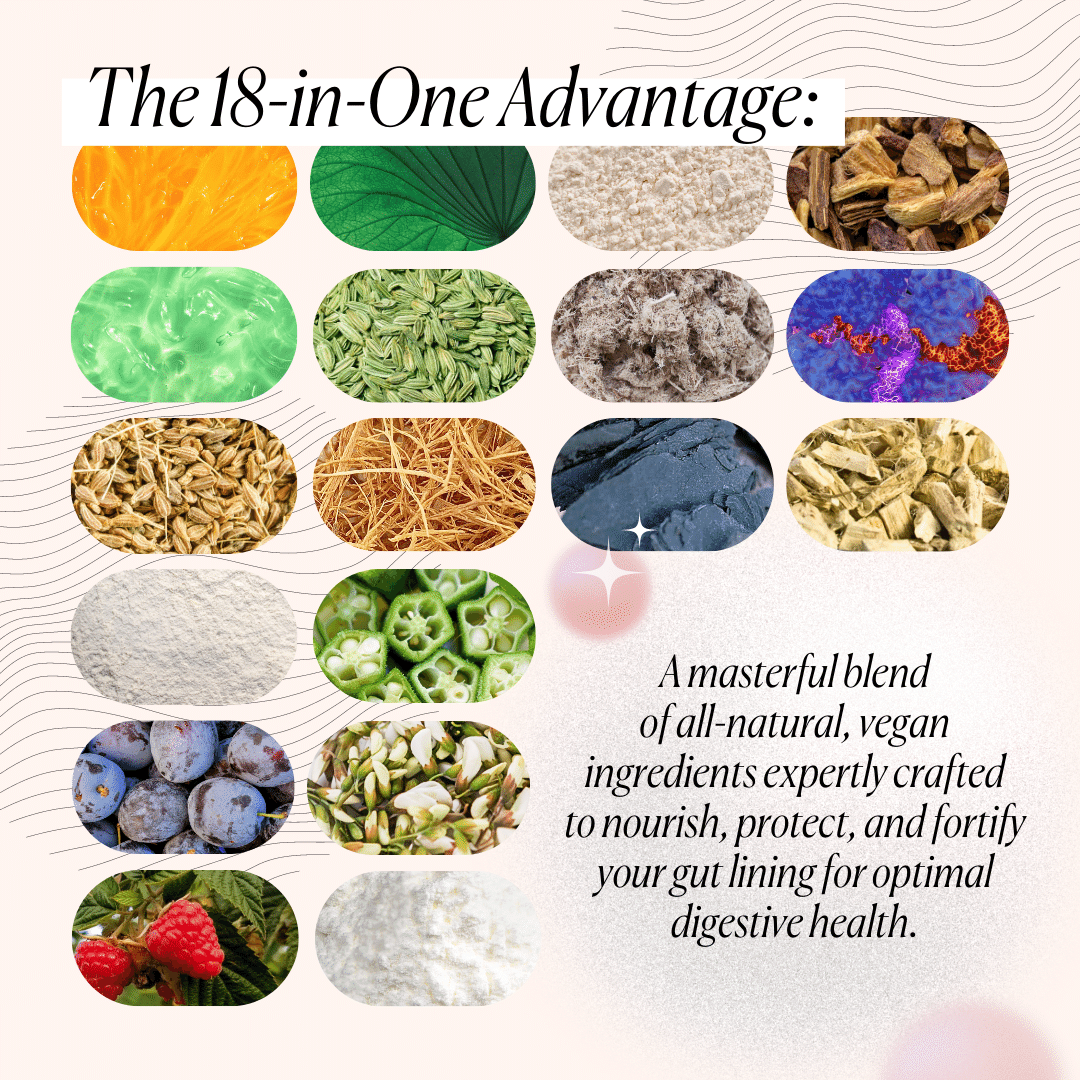
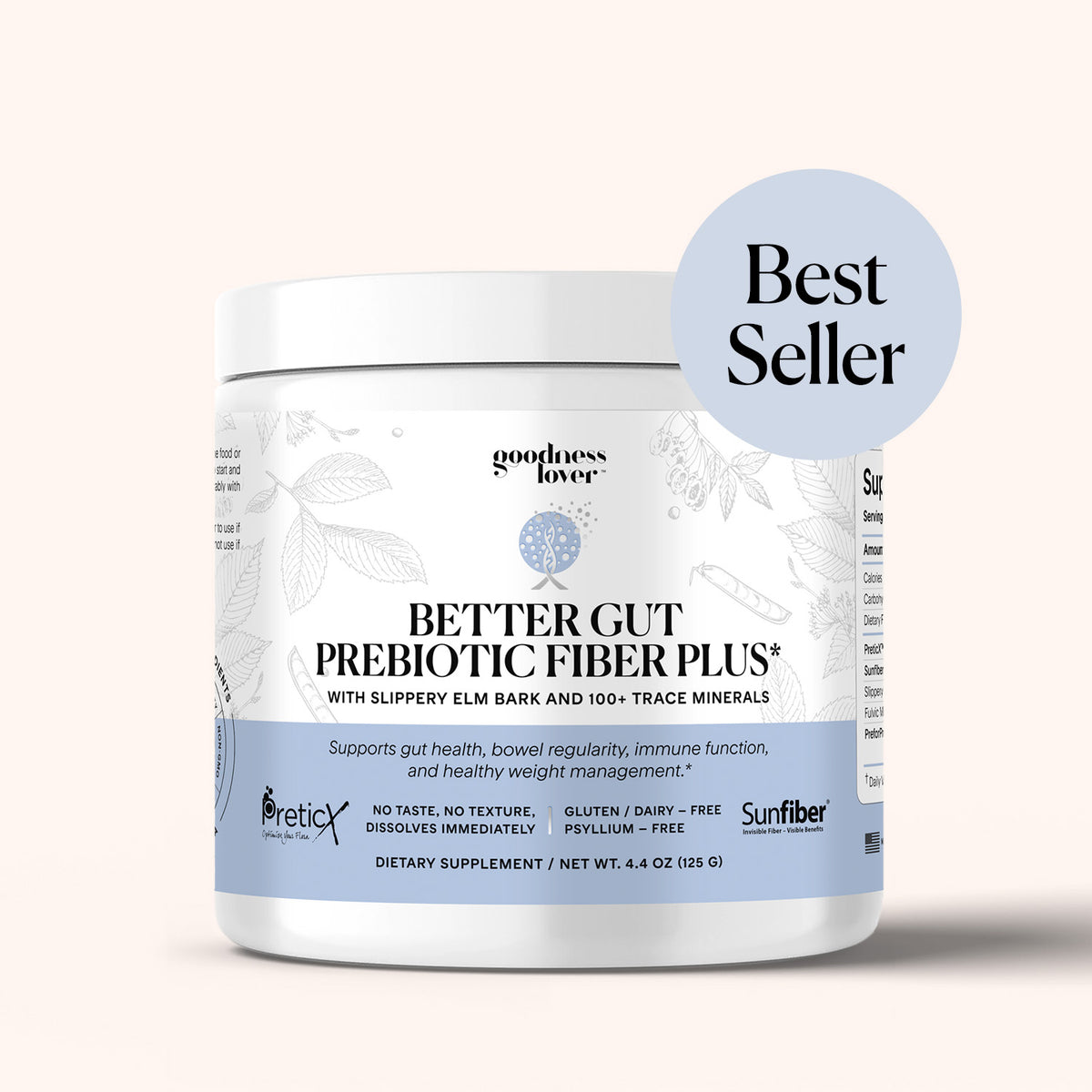

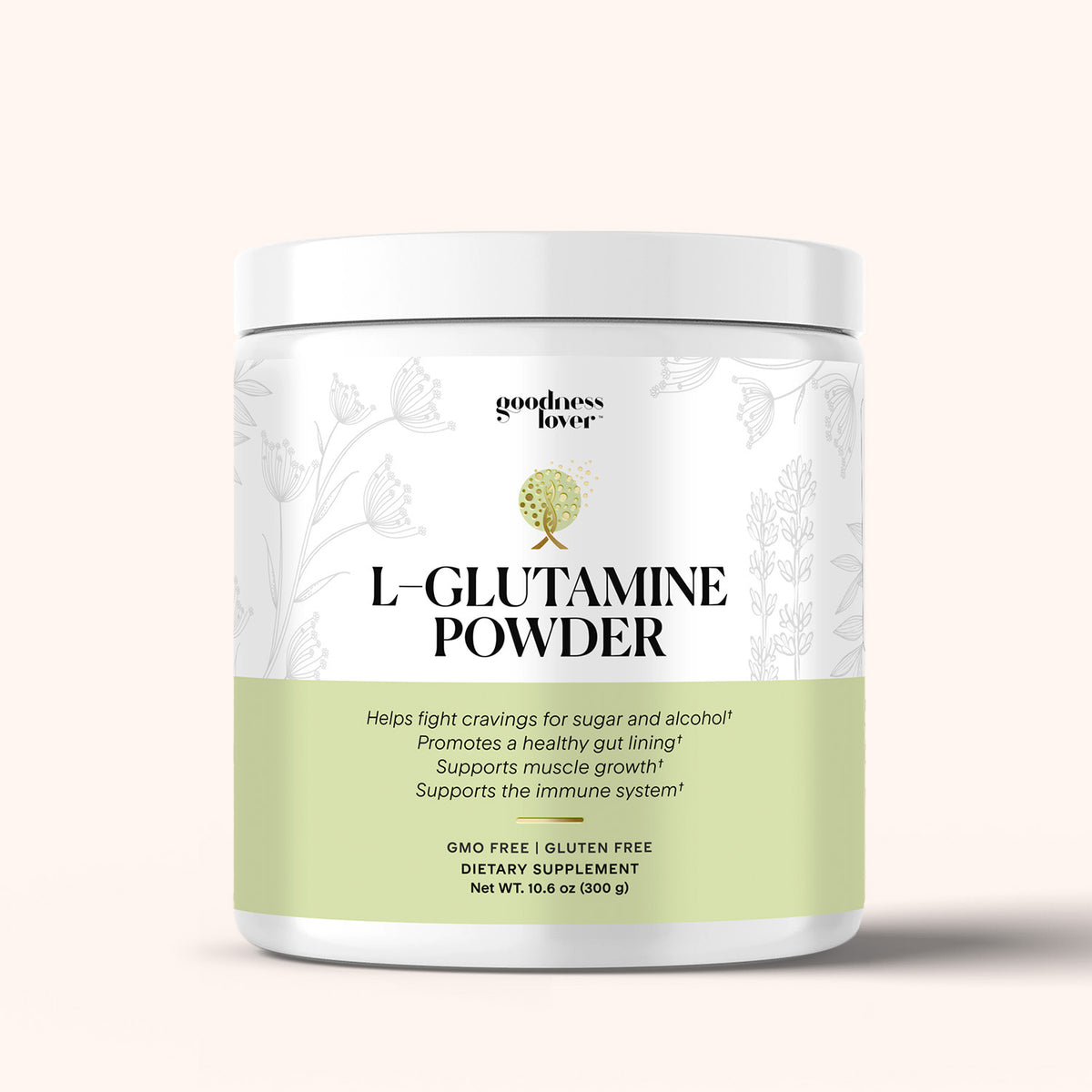
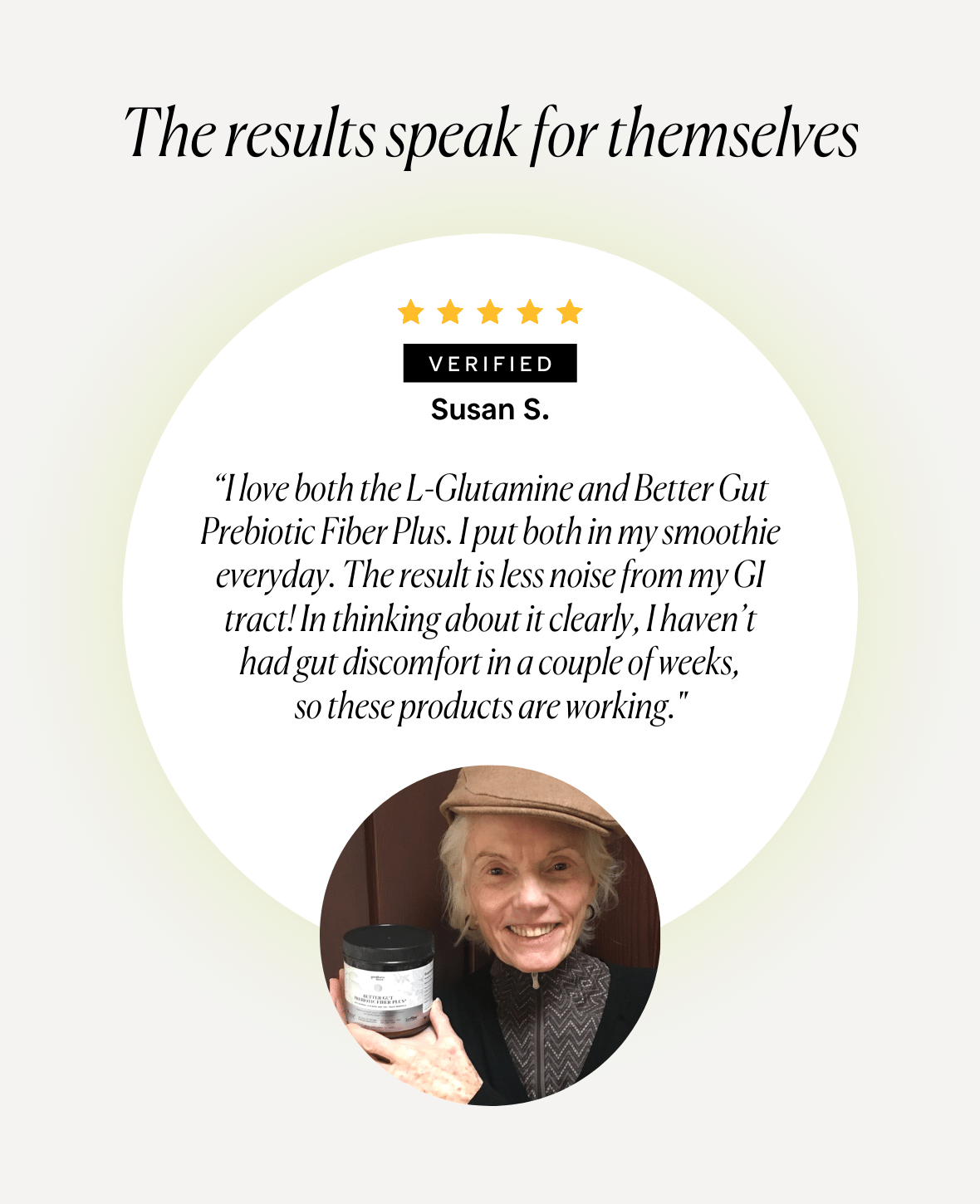
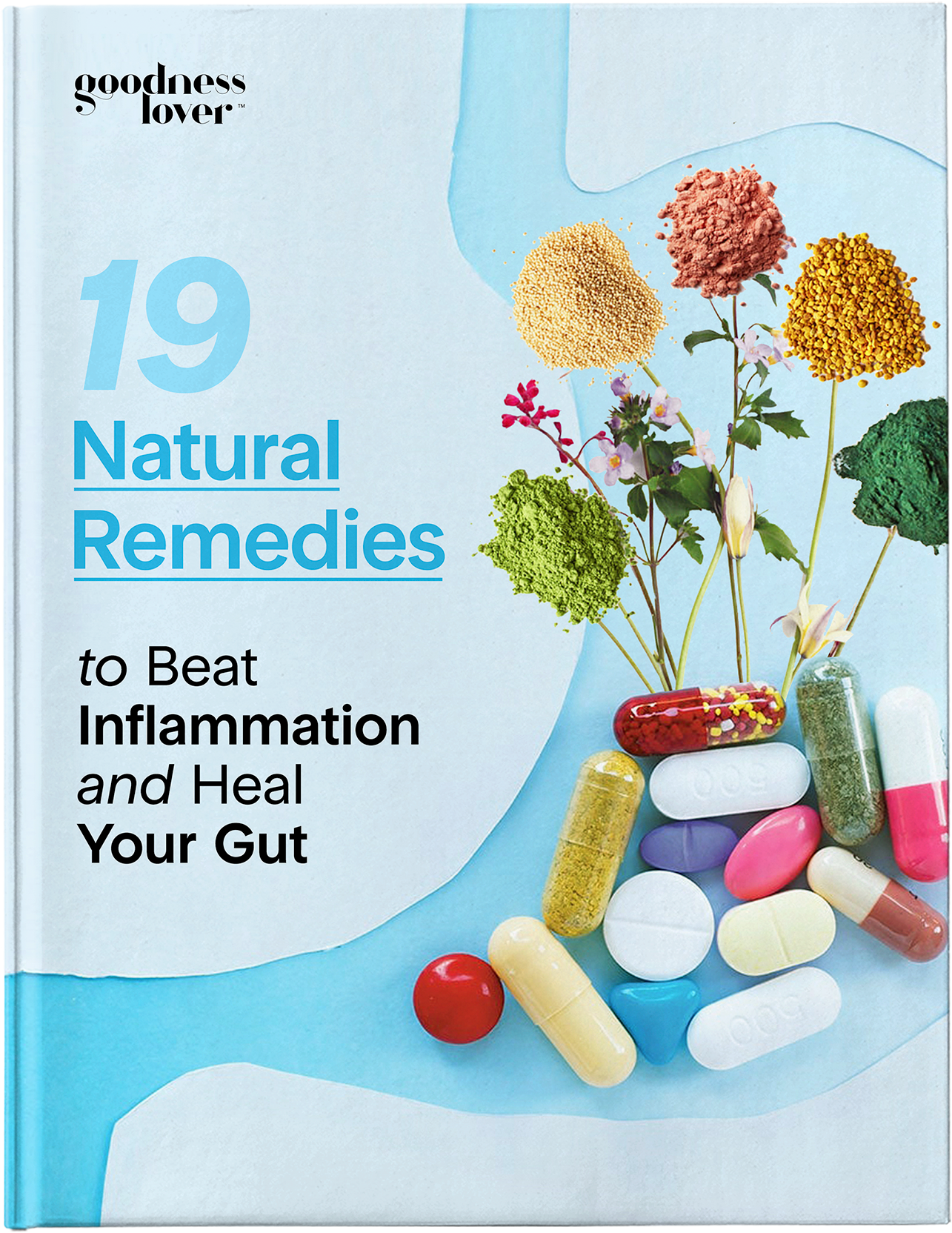
What Do You Think? Comment Below: